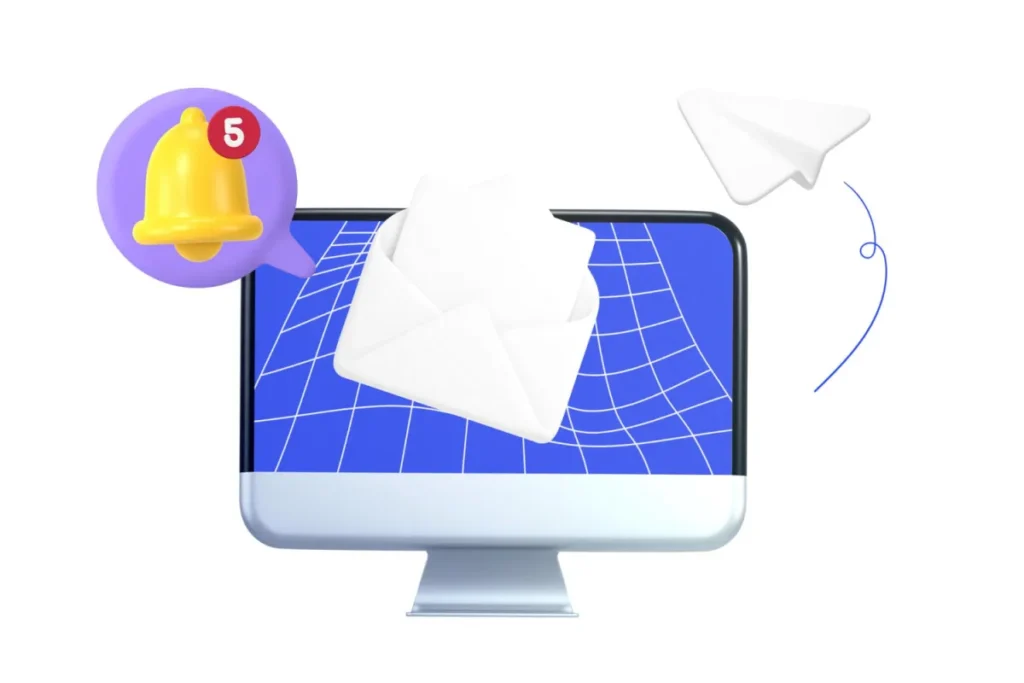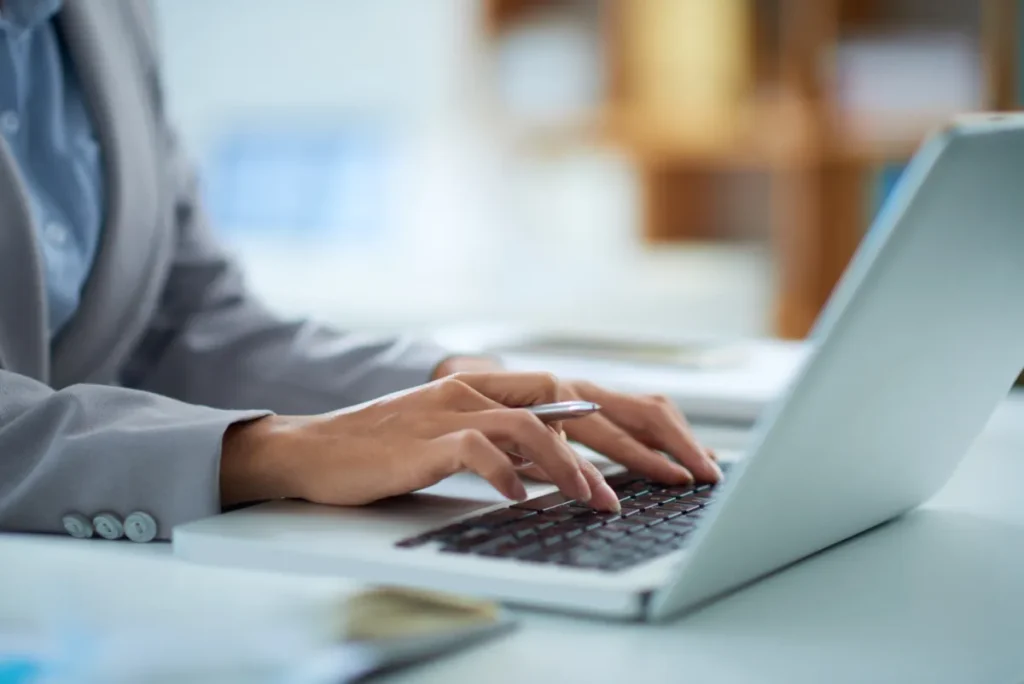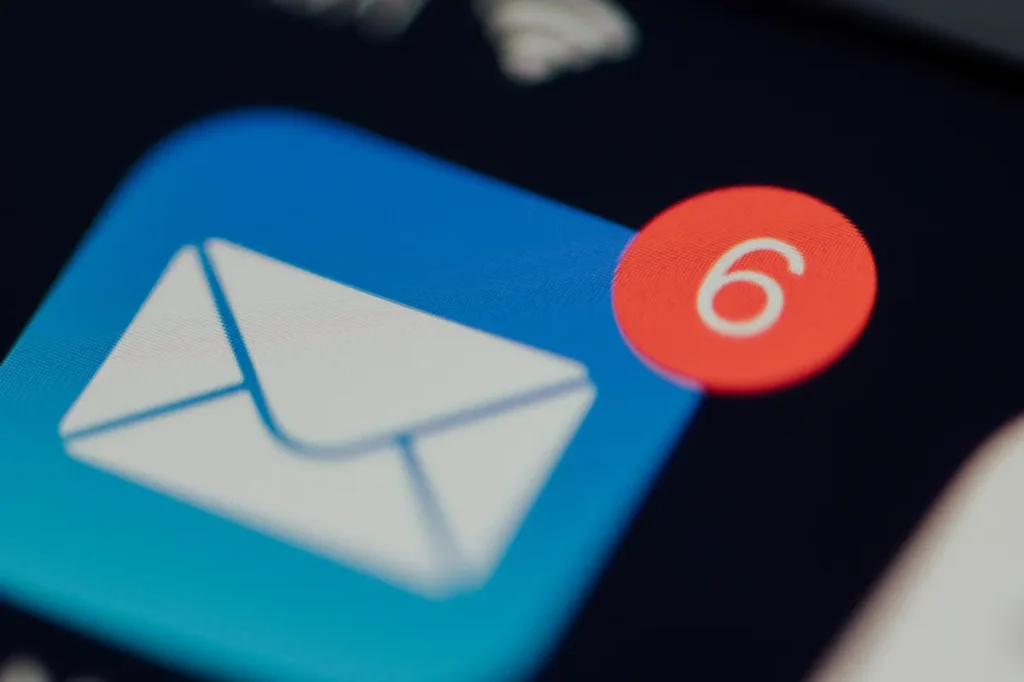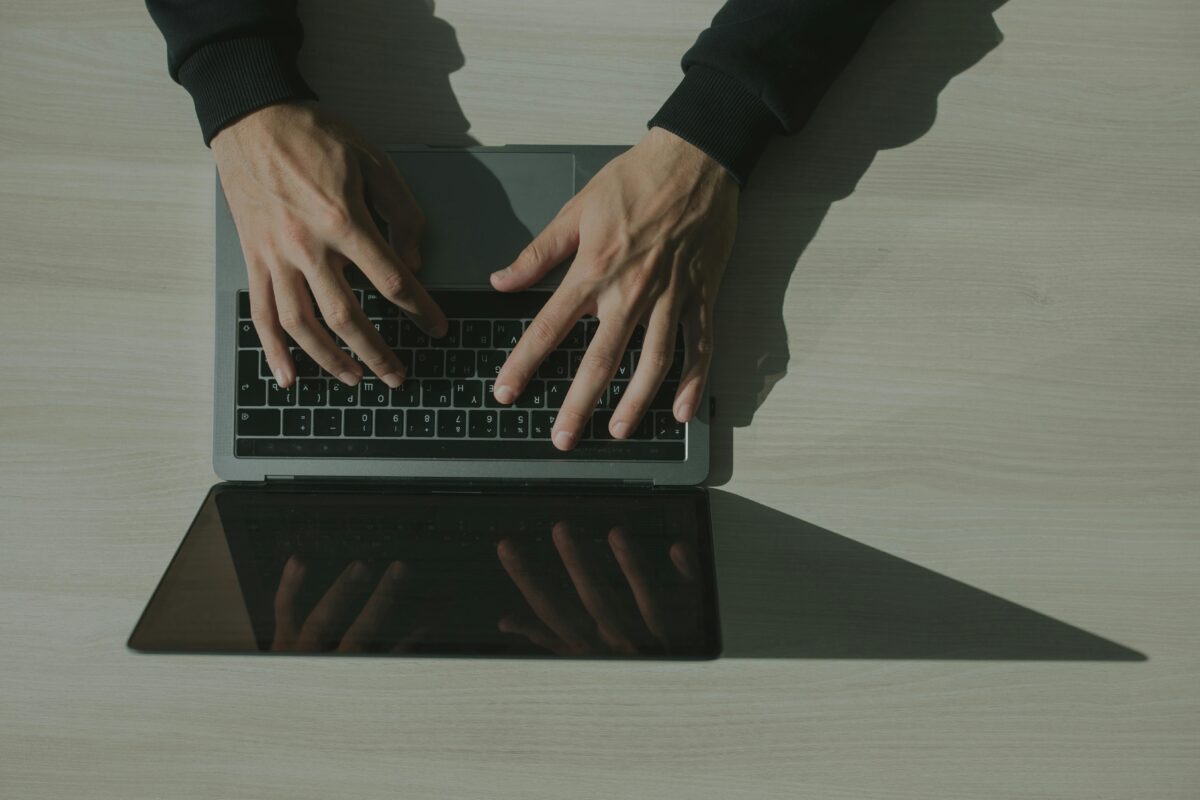Email follow-ups are one of the simplest yet most effective tools to improve communication and achieve results.
Whether you’re waiting on a job application, a potential client response, or an internal project update, a well-timed email follow-up can make all the difference.
In this article, we’ll cover when to send a follow-up, how to write it effectively, and provide templates to get you started.
Why email follow-ups matter
Sending a follow-up email may feel uncomfortable at times, especially if you’re concerned about being pushy.
However, the reality is that people are busy, emails get buried, and sometimes, a gentle nudge is all that’s needed to bring your message back to the top of someone’s inbox.
A polite, timely follow-up shows professionalism, persistence, and respect for the recipient’s time. In many cases, people even appreciate the reminder.
Sending your first follow-up email can make a big difference in your sales efforts. It has been shown to increase the reply rate by 49 percent. This stat shows how effective first follow-up can be in engaging potential customers.
When to send a follow-up email

Timing your follow-up is essential. Sending it too soon can make you appear impatient, while waiting too long may lead to a missed opportunity.
Here are some general guidelines:
- Sales or networking outreach: Wait three to five business days after the initial email. If there’s no response, follow up in another week.
- Job application: Wait about a week after applying, and if there’s no response, follow up two weeks later.
- After a meeting or event: Follow up within 24 to 48 hours. This helps maintain the connection while it’s fresh in both parties’ minds.
- Internal requests (project or task): Follow up after two to three days. If it’s urgent, you can follow up within a day.
The right timing often depends on the context of the initial email. Whenever possible, set expectations for follow-up in the first message. For example, “I’ll reach out again next week if I don’t hear back.”
How to write an effective follow-up email

A good follow-up email is concise, polite, and clear. Here are key elements to include:
- Start with a friendly opener: Address the recipient by name and add a brief, friendly opening. Example: “I hope you’re having a great week, Sarah!”
- Reference the previous interaction: Summarize your last email or conversation to remind the recipient of the context. Example: “I wanted to follow up on my previous email regarding the collaboration proposal.”
- Restate your purpose: Reiterate why you’re following up. Make it easy for the recipient to understand the purpose of your message. Example: “I’m excited about the potential for us to work together, and I’d love to hear your thoughts.”
- Include a call to action: Clearly state what you’re hoping for—whether it’s a response, a specific action, or a time to chat. Example: “If you have any questions or would like to discuss further, please let me know. I’m happy to work around your schedule.”
- Express gratitude and sign off: Always end on a positive note, expressing appreciation for their time. Example: “Thank you again for considering this, and I look forward to hearing from you soon!”
Email follow-up templates
![]()
Here are a few templates to adapt depending on your specific needs:
1. Follow-up after no response
Subject: Checking in
Hi [name],
I just wanted to follow up on my previous email regarding [topic or proposal]. I know things can get busy, so I thought I’d touch base to see if you might have had a chance to review it.
If you have any questions or need additional information, I’m more than happy to provide it.
Thanks again for your time, and I look forward to hearing from you soon.
Best regards,
[Your name]
2. Follow-up on a job application
Subject: Following up on [position title] application
Dear [hiring manager’s name],
I recently submitted my application for the [position title] position on [date] and wanted to reiterate my interest in joining [company name]. I’m very excited about the opportunity to contribute to your team with my background in [mention relevant experience/skills].
Please feel free to let me know if there is any additional information I can provide to assist in the decision-making process. Thank you very much for considering my application.
Best regards,
[Your name]
3. Follow-up after a meeting
Subject: Great connecting with you!
Hi [name],
Thank you for meeting with me on [day or date]! I enjoyed our conversation about [mention any specific topic discussed]. I’m very excited about the opportunity to work together and explore ways to support each other’s goals.
If you have any further questions or need more information, please don’t hesitate to reach out. I’m looking forward to the next steps and hearing from you soon.
Warm regards,
[Your name]
Additional tips for follow-up emails

- Be patient: Sometimes it may take more than one follow-up email to get a response. If you don’t hear back after two follow-ups, it’s usually best to step back and try other avenues.
- Don’t overdo it: If the recipient still hasn’t responded after two or three emails, respect their decision and give them space.
- Personalize the email: Avoid sounding like a template. Personalizing the email will show that you value the relationship.
Conclusion
Follow-up emails are essential in keeping conversations moving forward, but they require a balance of tact, patience, and politeness. With a friendly tone, clear purpose, and appropriate timing, a follow-up email can open doors and strengthen professional connections.
So, the next time you feel hesitant about following up, remember that a polite nudge can be just what your recipient needs to get back on track.


